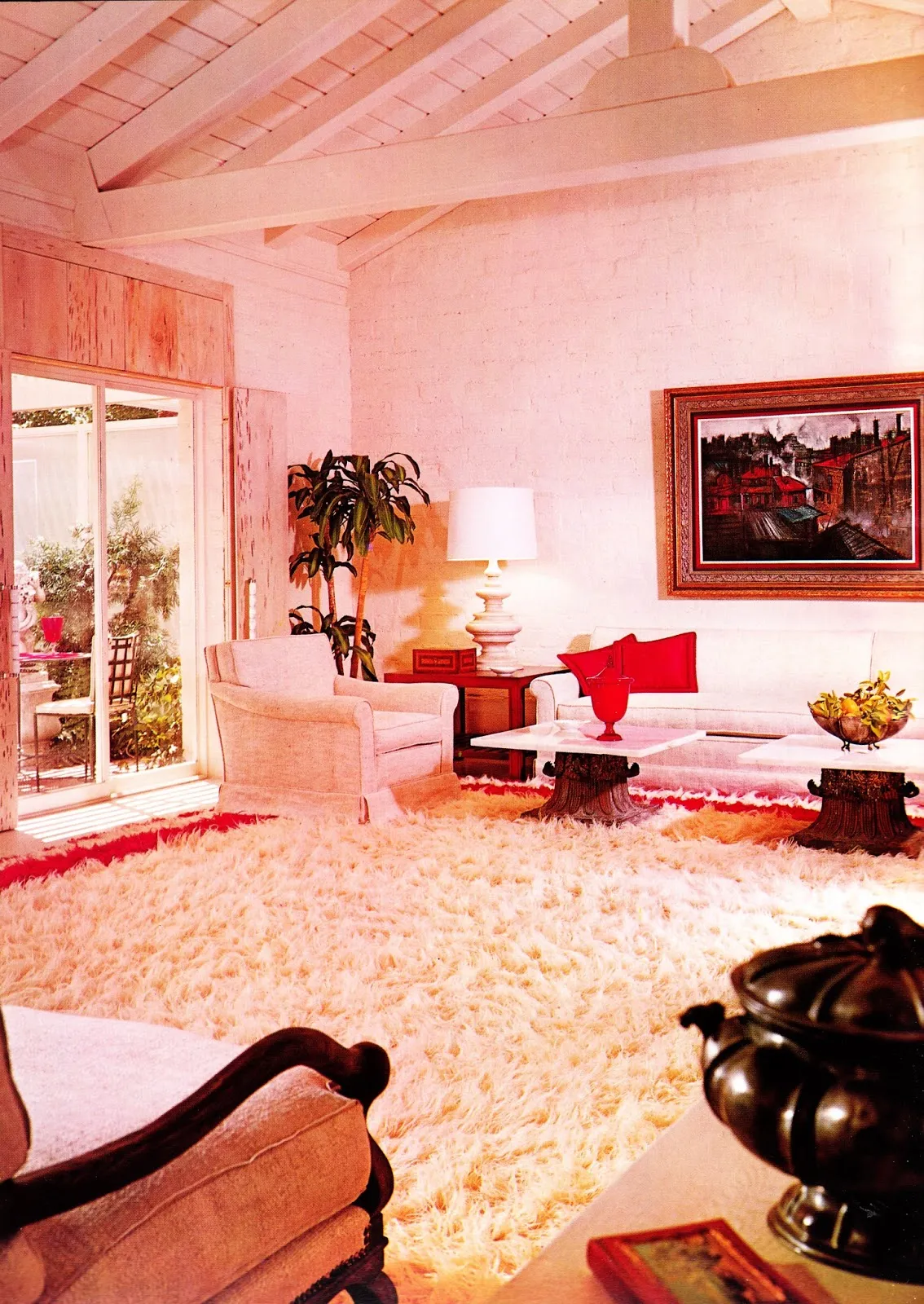Understanding the Charm of 1960s Rustic Kitchens
The 1960s were a time of significant shifts in design, blending practicality with a touch of charm. Rustic kitchen decor from this era embodies a unique blend of comfort and style, offering a warm and inviting atmosphere. The key lies in appreciating the original features while incorporating modern updates that enhance functionality and aesthetics. Revamping a 1960s kitchen with rustic elements involves embracing natural materials, warm colors, and vintage accents. The goal is to create a space that feels both nostalgic and contemporary, a place where memories are made and cherished. With the right approach, you can transform your kitchen into the heart of your home, celebrating the beauty of a bygone era while meeting the needs of modern living.
Key Elements of 1960s Rustic Design
Several core components define the rustic aesthetic of the 1960s. These elements work together to create a cohesive and appealing space. From the influence of Mid-Century Modern to the importance of natural materials, understanding these aspects will help you craft a design that is both authentic and stylish. The 1960s rustic style is characterized by simplicity, functionality, and a close connection with nature, providing a comforting and inviting ambiance.
Influence of Mid-Century Modern
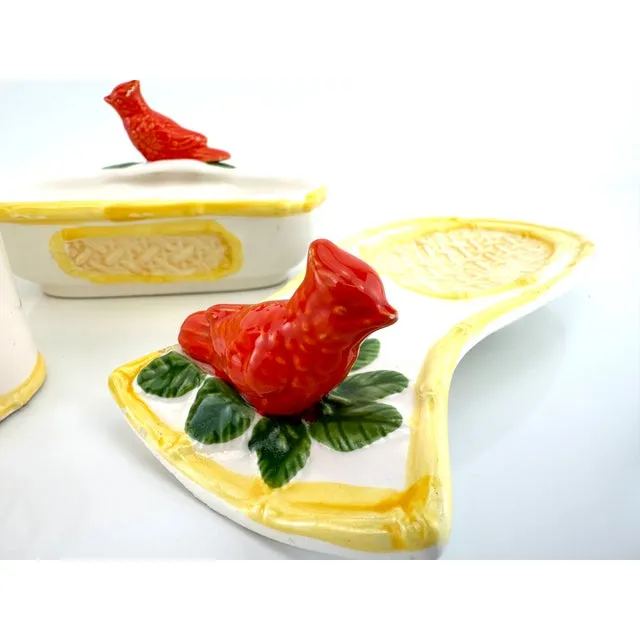
Mid-Century Modern design, with its clean lines and emphasis on functionality, greatly influenced 1960s rustic kitchens. Elements like simple cabinetry, geometric patterns, and the use of wood were common. This era emphasized practicality, making spaces both beautiful and highly efficient. The combination of these design principles results in a timeless look that can be easily adapted to modern tastes. Embracing Mid-Century Modern aspects adds a touch of sophistication and order to the rustic scheme, providing a balance that is both visually appealing and practical.
Importance of Natural Materials
Natural materials are at the heart of rustic design. Wood, stone, and brick were essential elements, providing warmth, texture, and a connection to the outdoors. In 1960s kitchens, these materials were often left in their natural state or finished with a clear sealant to highlight their inherent beauty. The use of these raw materials is critical for creating a genuinely rustic atmosphere. The tactile experience and visual appeal of natural materials bring a sense of authenticity and enduring quality to the space. They add a layer of organic charm that is both comforting and visually rich.
Color Palettes for Your Rustic Kitchen
The color palette of a rustic kitchen sets the mood and enhances the overall ambiance. Warm and earthy tones are the cornerstone of this style. However, incorporating pops of color can add vibrancy and interest, ensuring that the space feels both inviting and engaging. The appropriate color scheme can transform the look and feel of your kitchen, making it a cozy and visually appealing space.
Earthy Tones and Warm Hues
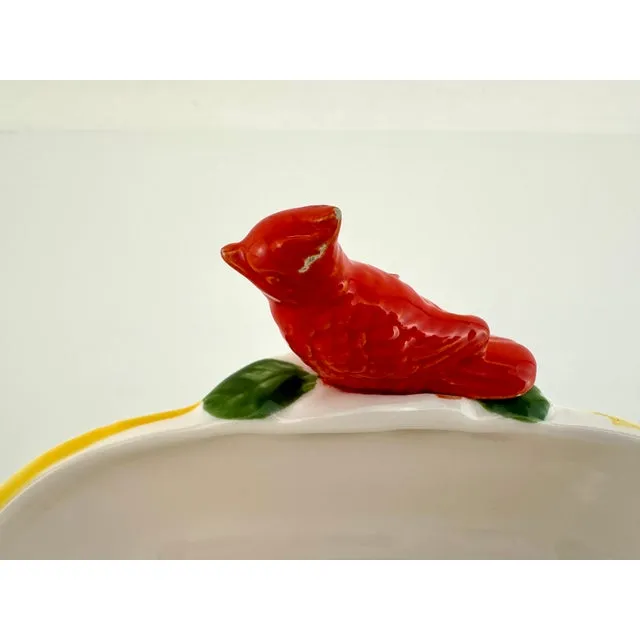
Earthy tones such as browns, beiges, and creams create a sense of warmth and comfort. These colors reflect the natural materials used in the design, promoting a feeling of tranquility and connection to the earth. Warm hues, including soft yellows and oranges, can add a sense of coziness, making the kitchen a welcoming space. These colors create a sense of calm and balance, providing an excellent base for rustic design and accentuating the natural materials within the kitchen.
Incorporating Pops of Color
While earthy tones are essential, adding pops of color can prevent the space from feeling dull. Consider incorporating colors like teal, red, or mustard yellow through accessories, textiles, or even a painted accent wall. These touches add personality and vibrancy to the kitchen, making it feel more modern and inviting. A well-placed pop of color can add a focal point, creating visual interest without overwhelming the rustic aesthetic.
Essential Rustic Kitchen Decor Ideas
Transforming a 1960s kitchen into a rustic haven requires attention to key design elements. From cabinetry and storage solutions to flooring and accessories, careful choices can create a cohesive and inviting space. Focus on functionality and aesthetics to ensure that the kitchen is both practical and beautiful. Incorporating these ideas will bring the rustic charm to life while respecting the original architecture of your 1960s home.
Cabinetry and Storage Solutions
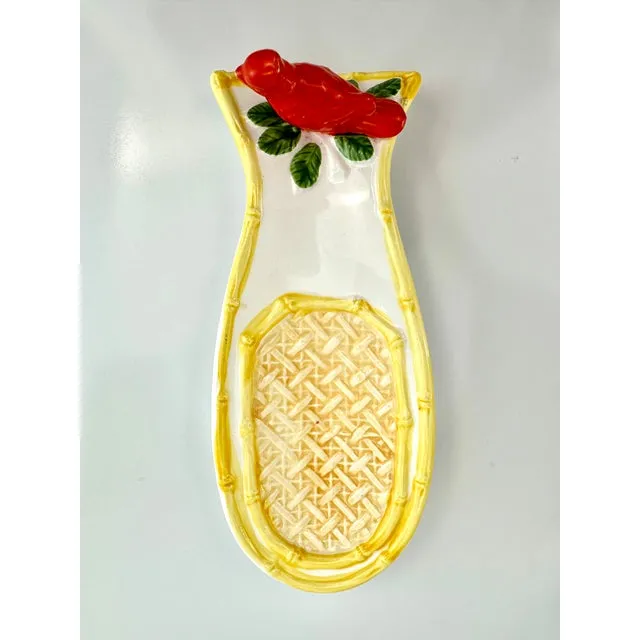
Cabinetry is a defining feature of any kitchen. In a rustic 1960s kitchen, opt for wood cabinets with a natural finish to highlight the grain and texture. Consider open shelving to display dishes and decor, creating a more open and inviting feel. Update hardware with vintage-inspired knobs and pulls to enhance the rustic charm. Proper storage solutions are crucial in any kitchen. Focus on functionality by including deep drawers and clever storage compartments to ensure that your kitchen is neat and efficient.
Open Shelving Ideas
Open shelving is an excellent way to add a rustic touch and display your favorite kitchen items. Choose wooden shelves with brackets that complement your cabinetry. Style the shelves with vintage dishes, cookbooks, and decorative items to create visual interest. Ensure that the items displayed are both beautiful and practical, contributing to the overall function of the kitchen. Open shelving also creates a sense of openness, making the kitchen feel larger and more welcoming.
Choosing the Right Countertops
The countertops are a key element in the kitchen’s aesthetic. Granite, wood, and butcher block are excellent choices for creating a rustic look. They offer a balance of beauty, durability, and functionality, perfectly complementing the overall design scheme. Choosing the correct countertops will ensure that your kitchen looks fantastic, enhancing its natural aesthetic.
Granite, Wood, and Butcher Block
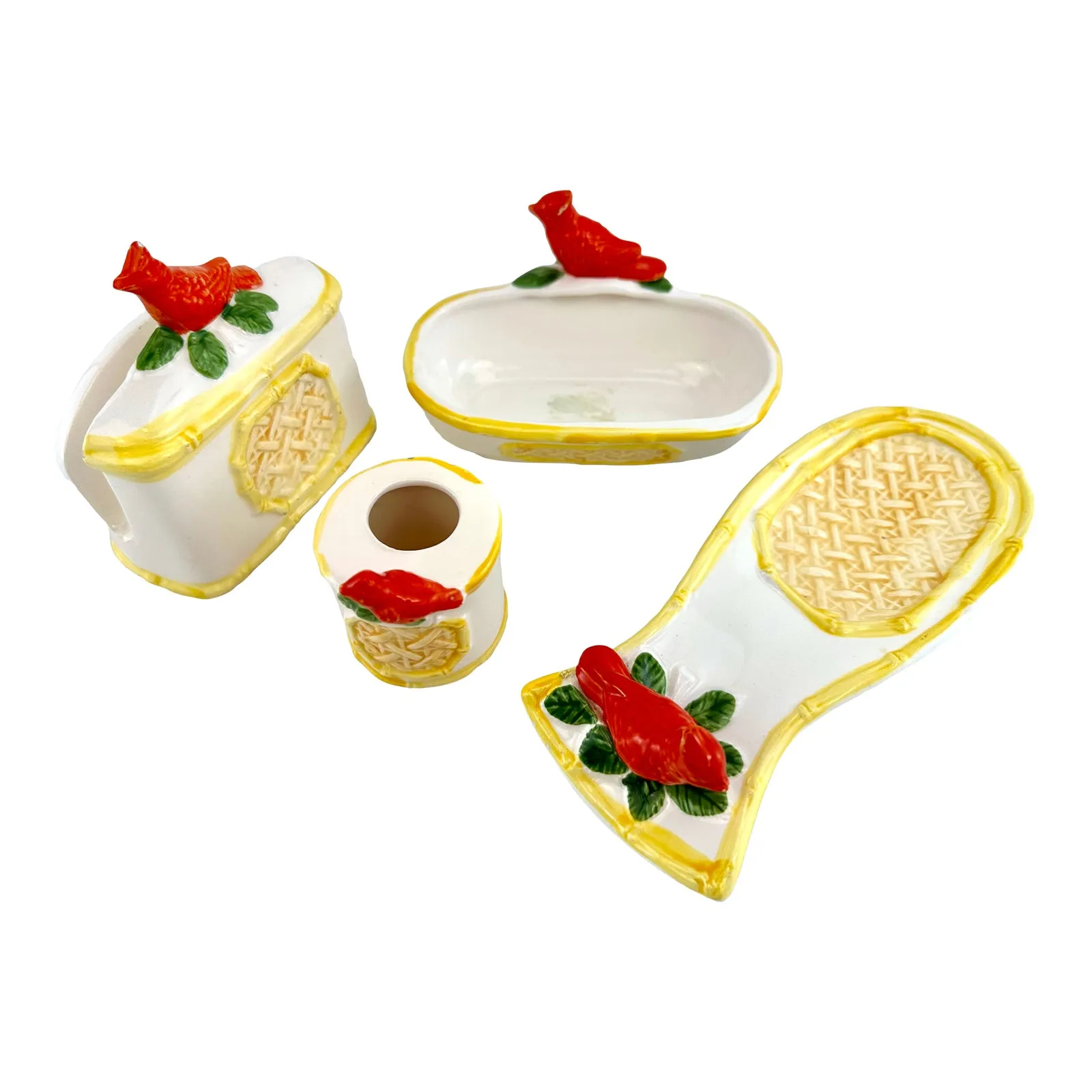
Granite countertops provide durability and a touch of elegance, with natural variations in color and pattern that enhance the rustic appeal. Wood countertops add warmth and character, offering a sense of nostalgia, especially when paired with vintage cabinetry. Butcher block countertops are both functional and stylish, ideal for food preparation while adding rustic charm. These materials create a well-balanced combination of beauty, usability, and durability.
Flooring Options for a Rustic Look
Flooring is an essential element in tying the design together. Hardwood, tile, and stone are excellent choices for creating a rustic ambiance. The right flooring not only enhances the visual appeal of the kitchen but also adds to its functionality and durability. The choice of flooring material will impact the overall look and feel of the space.
Hardwood, Tile, and Stone
Hardwood flooring adds warmth and natural beauty, enhancing the rustic feel. Choose a wood with a natural finish to highlight the grain and texture. Tile flooring, especially with a stone or terracotta look, brings a touch of texture and durability. Stone flooring provides a rustic and durable option, offering a timeless look. These choices will create a cohesive and inviting design, reflecting a sense of authenticity and enduring quality.
Adding Rustic Accessories and Accents
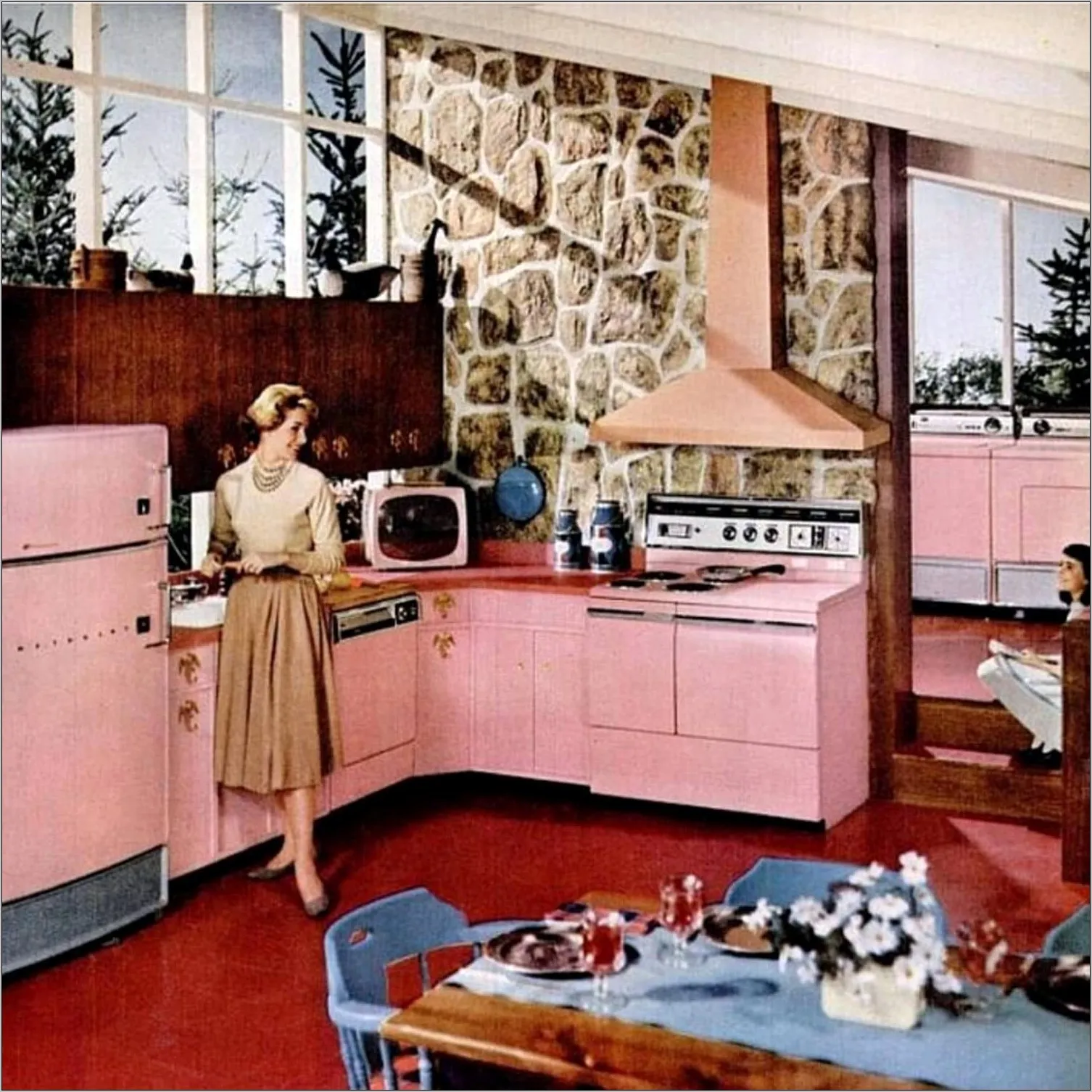
Accessories and accents add the finishing touches that complete the rustic aesthetic. Lighting fixtures, decorative items, and vintage finds can transform the space, reflecting the charm of the 1960s. Adding the right accessories ensures that your kitchen is both functional and visually stunning, adding a touch of your personality.
Lighting Fixtures that Enhance the Decor
Lighting can drastically alter the mood and look of a room. Choosing the right lighting fixtures is crucial for accentuating the rustic aesthetic. Consider pendant lights over the island or dining area, sconces for ambient lighting, and under-cabinet lighting to brighten workspaces. The correct lighting will make the space feel welcoming and highlight the key features of the kitchen.
Farmhouse-Style Lighting
Farmhouse-style lighting, with its vintage charm, complements the rustic look beautifully. Opt for fixtures with a distressed finish or exposed bulbs. Consider using metal or wood accents. These designs will add an authentic and inviting touch, enhancing the overall aesthetic of the kitchen. Farmhouse lighting offers the perfect balance of functionality and style, making it ideal for rustic kitchens.
Decorative Items to Complete the Look
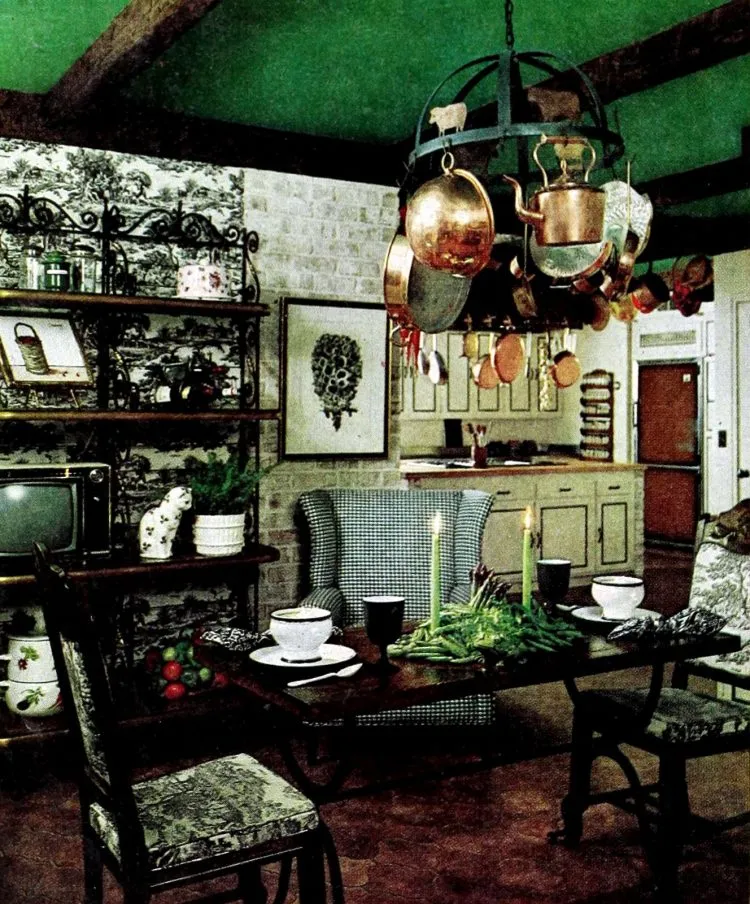
Decorative items add personality and character to the kitchen. Use vintage finds, antiques, and handcrafted items to complement the rustic design. Display wooden cutting boards, ceramic dishes, and other functional decor on open shelves or countertops. Choose items that reflect your style. These additions bring a sense of history and charm to the space, making the kitchen feel uniquely yours.
Vintage Finds and Antiques
Incorporating vintage finds and antiques can enhance the rustic appeal. Look for items with unique character and history. Old enamelware, antique scales, and vintage kitchen utensils add authenticity and charm. Antique items will add layers of history to the kitchen, making it feel special and reflect a sense of personality.
Maintaining and Preserving the Rustic Aesthetic
Maintaining and preserving the rustic aesthetic is important for ensuring its longevity. Proper upkeep, care, and cleaning practices are critical in preserving the natural materials and the overall charm. Following these simple steps ensures your kitchen remains beautiful, functional, and welcoming for years to come. Regular maintenance will protect your kitchen from damage and ensure it continues to bring joy and warmth.
Tips for Upkeep and Longevity
Regular upkeep is crucial for maintaining the integrity of your rustic kitchen. Dust frequently, wipe down surfaces regularly, and inspect materials for any signs of damage. Clean up spills immediately to prevent stains on wood and other materials. By staying on top of these maintenance tasks, you can avoid costly repairs and ensure that your kitchen remains in great condition for years to come. Regular upkeep will help preserve the beauty and functionality of the kitchen.
Cleaning and Care of Natural Materials
Different materials require specific cleaning and care methods. Use appropriate cleaners for wood, stone, and tile surfaces. Avoid harsh chemicals that can damage the finish. For wood surfaces, use a wood cleaner and polish. For stone, use a pH-neutral cleaner. For tile, use a cleaner appropriate for the material. Knowing how to care for your kitchen materials will extend their life and maintain their beautiful appearance, providing long-lasting beauty.
In conclusion, revamping a 1960s kitchen with rustic decor is a rewarding project that combines the charm of a bygone era with the functionality of modern living. By understanding the key elements of rustic design, choosing the right materials, and adding the right accessories, you can transform your kitchen into a warm and inviting space that reflects your personality and style. Embrace the natural beauty of the era and enjoy the journey of creating your perfect rustic kitchen. This transformation will create a beautiful and functional kitchen space.
